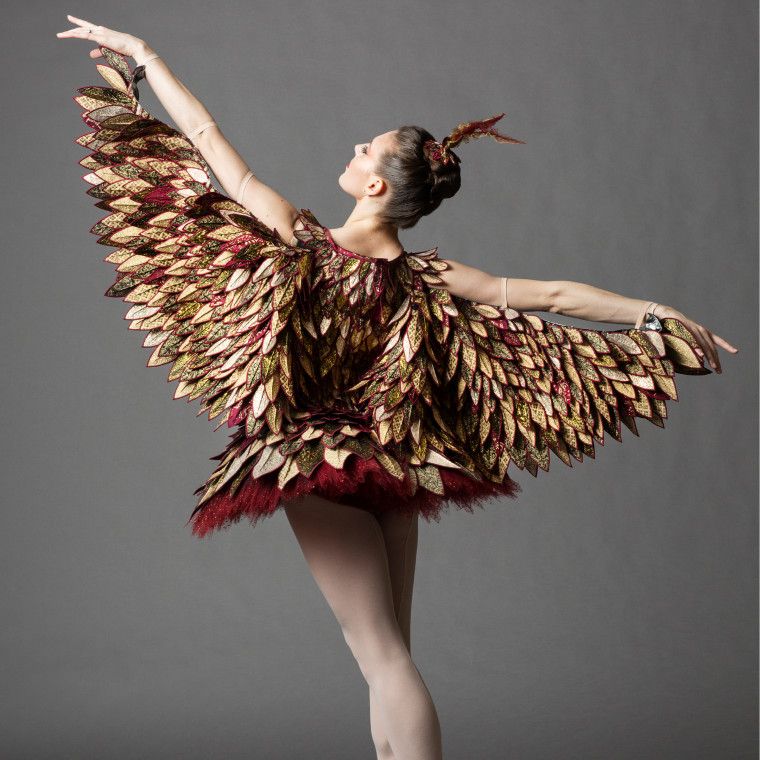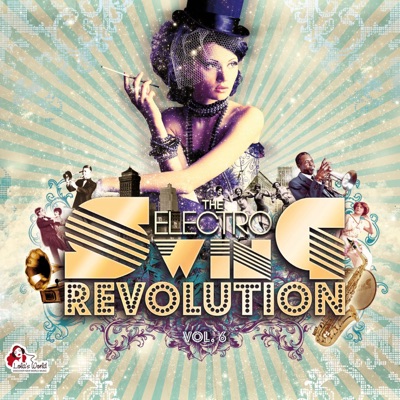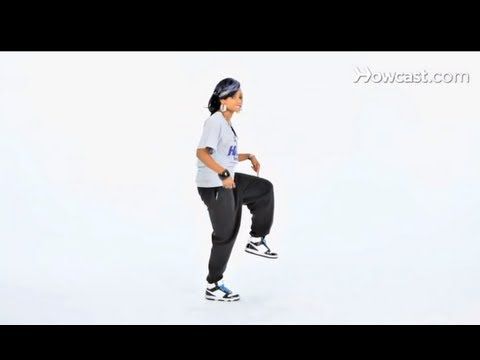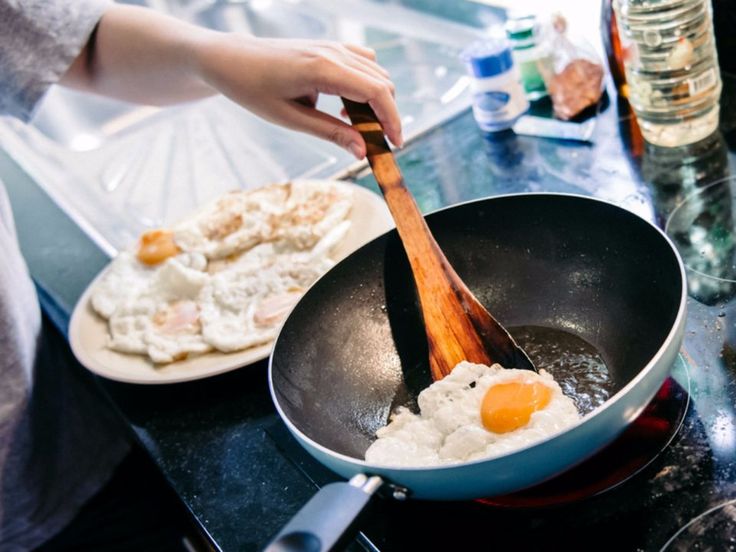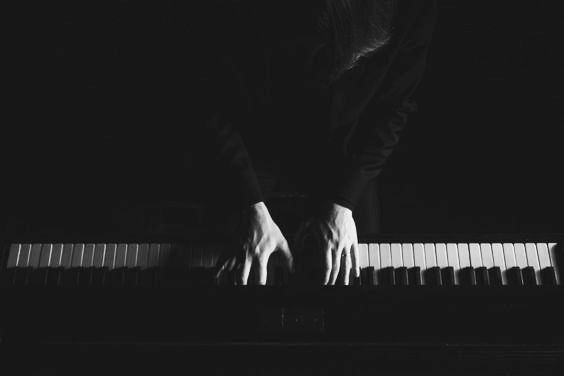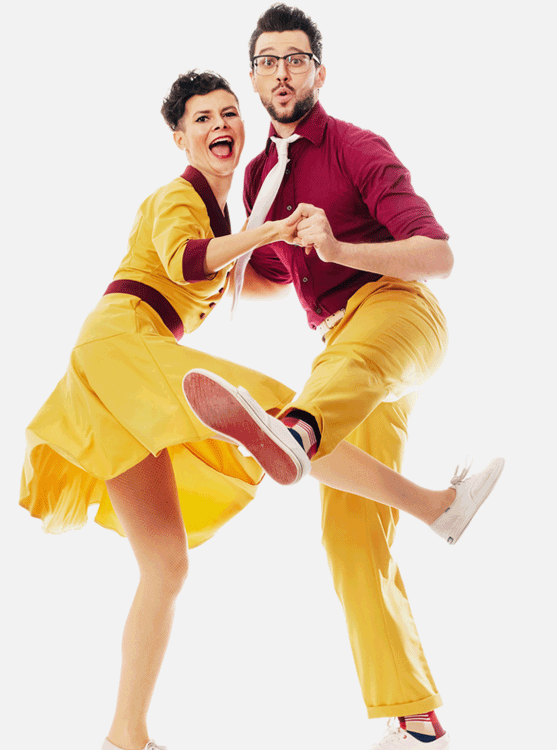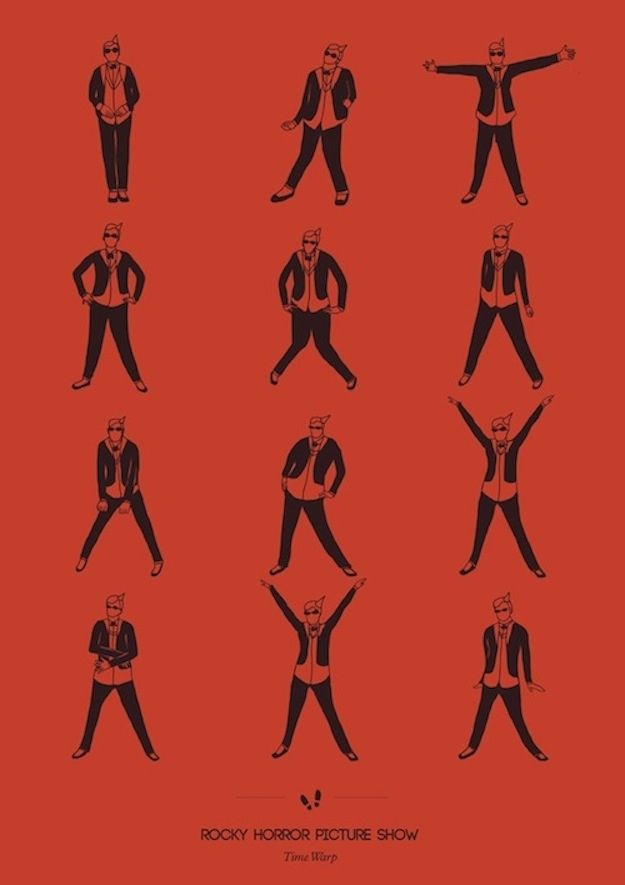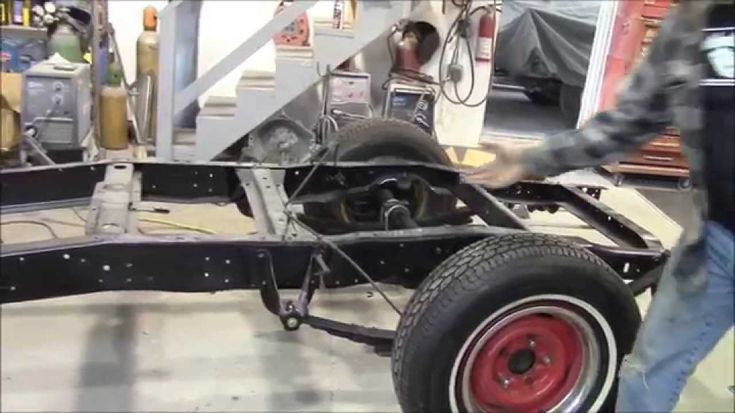How to one step dance
Ragtime Dance - the One Step
The dawn of the 20th Century brought a new, modern dance to match the wild new rhythms of Ragtime. It had none of the complicated footwork of a Victorian ballroom. It was the One-Step and it was so called because it was just walking. Modern dancing as it was then called, gave dancers a freedom to strut, wiggle, cuddle, and carry on in an uninhibited, undignified and often deliberately silly manner that would have been unthinkable a few years earlier. The dance of the Ragtime era was unapologetically fun.
When the One-Step arrived on the scene around 1911, (displacing the Two Step as the go-to dance) it made dancing even more accessible to busy modern people who didn't have time for dancing schools, and provided a platform for all sorts of faddish variations like the "animal dances" ("Grizzly Bear", "Fox Trot", "Turkey Trot", "Camel Walk" etc.). Most new fads were just a One-Step with a special routine or step thrown in at intervals, or a modified hold (a bear hug or arms out to suggest an aeroplane etc. ). Other than being in 4/4 time (fast, slow or somewhere in between) no special music was required, and one couple could be doing the Grizzly Bear, while another was doing the Camel Walk and another was just doing a simple One-Step without variations. All would share a dance floor and dance to the same music as everyone walked or slid or hopped forward, backward, or in a circle, and assumed a variety of postures - and each would be as wild or as silly or as dignified as their own tastes dictated.
The famous dancers Vernon & Irene Castle came down on the side of dignified: as seen from their list of common practices of which they disapproved. You can, if you come down on the other end of the dignified spectrum, view it as a "to do" list. The Castles also propagated their take on the One-Step with the dignified but energetic "Castle Walk".
Between 1914 and 1920, the name "One Step" gradually fell out of fashion, with the term "Fox Trot" morphing from a specific step to being a blanket term for all dances in 4/4 - displacing the name "One Step" though not the actual dance.
The dance was remarkably unstructured. Dancers were inventing new variations on the floor, and a free and easy attitude prevailed. Without the limitations imposed by a specific step, almost any figure was possible; and if you thought a particular step would be nice for a change, there was nothing to stop you from throwing it in (Toddle, Turkey Trot, Slow Drag etc.) - and the films of the time show that nearly every possible variation and interpretation was present, simultaneously on the same floor. Everyone did their own dance, heedless of what the others in the room were doing.
The One-Step with its infinite variations wasn't the only dance on the scene at the time, but its influence was felt in all corners of the ballroom.
The Waltz continued in popularity, but more modern variations ("Hesitation", "Walking Waltz") were creeping in.
The Tango arrived around 1912, but it too, much to the annoyance of purists, was generally danced in North America and Europe as a little more than a One-Step with a dramatic attitude.
The Maxixe (pronounced Mah-sheesh), which was a predecessor of the Samba, was popular for a while and its rapid steps are, essentially, a very fast-footed, Latin-tinged One-Step with lots of bodily bends and wiggles.
The Ragtime Era was a time of invention and experimentation, and there were new dance innovations and crazes almost every week, most of which had the One-Step as their foundation; but the basic One-Step was never displaced. Nearly every surviving film of people just dancing shows them One-Stepping, and the One-Step continued to dominate the dance floors of the Jazz Age, changing its name to "Fox Trot".
The "ballroom position" of the time was evolving from the open frame of the Victorians to the intimate embrace of the Jazz Age, and both styles can be seen on the same dance floor - with the close embrace in the clear majority. There was a variety of hand holds, but the most popular was a fairly upright posture, close hold with the man's left arm (lady's right) extended out to the side (See the photograph).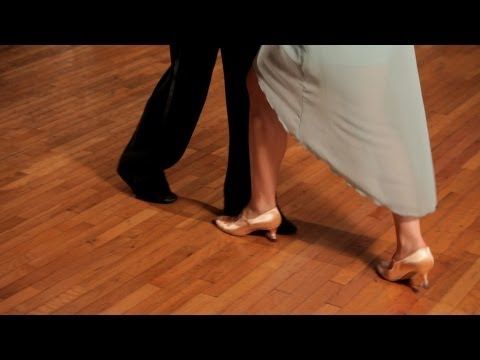 As you will see in the video, the "bunny hug" was also quite popular.
As you will see in the video, the "bunny hug" was also quite popular.
‹ The Pathé Historical Dance Collection: 1920s-40s up Book: Castle's Modern Dancing - 1914 ›
CLASSES
PERFORMING TEAMS
The Next Step Dance Studio has two types of Dance Teams. Our Company Teams perform locally, attend dance conventions and competitions, perform at Disneyland, Universal Studios, plus take educational dance camps in Los Angeles and internationally. Auditions for our Competitive Company Teams are held each April/May. Please see our News/Events Calendar for all dates and times.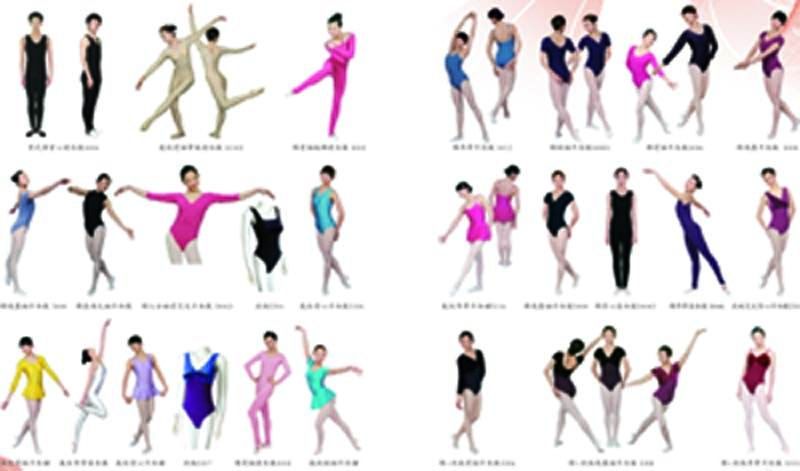
Our Performance Teams are designed for those dancers who only want to attend camps one day a week and still have a performance opportunity. These team members perform at one local event, one local educational dance convention and Six Flags Discovery Kingdom. Our higher level Performance Teams take camps two days a week as well as perform at one local event, one local educational dance convention and Six Flags Discovery Kingdom. Auditions for these teams are in May. Please see our News/Events Calendar for all dates and times.
JazzCombines the arts of ballet and modern dance trends to create a free style technique of movement, unlimited in expression. Classes include a 20 minute warm-up, then across-the-floor movement with jazz technique, and culminate with a combination (choreographed routine).
BalletClassical ballet technique that builds grace, poise, and strength while developing correct body placement. Each class starts with approximately one-half hour at barre, then center work and across-the-floor movement. For elementary school age and up. While age is a consideration, a student’s level of skill is more important for class placement.
Each class starts with approximately one-half hour at barre, then center work and across-the-floor movement. For elementary school age and up. While age is a consideration, a student’s level of skill is more important for class placement.
Auditions for our award winning dance teams are held once a year in the Spring. Teams compete at major dance competitions which have included Hollywood Connection, L.A. Dance Magic, NUVO and Jump. Dance teams also perform at festive local events and Disneyland. Our Senior Lines will end the year with a European Dance Tour!
Hip-HopFunky & popular “street” styles of dance as seen on "So You Think You Can Dance" & "World of Dance", with Jazz Technique.
Princess Pre-Dance Ballet/Jazz/TapIncorporates the beginning basics of ballet, jazz and tap with an emphasis on movement, imagery and artistic expression using creative and educational props.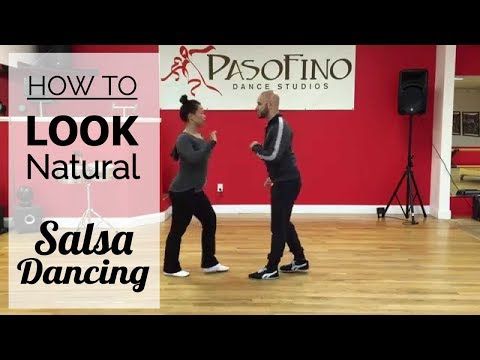
Is a fun introduction to beginning basics of jazz combined with beginning tap techniques using our favorite music.
Modern & LyricalA fusion of contemporary and jazz dance technique. Lyrical dancers’ movements attempt to show the meaning of the music.
ContemporaryAn expressive style of dance that combines modern, jazz, lyrical and ballet to connect the mind and body through fluid motion.
Funk JazzA combination of jazz and hip-hop to create a fun and energetic class.
Pre-BalletFocuses on beginning basics of classical ballet with emphasis on imagery, movement, and artistic expression.
TapTraditional musical comedy and contemporary techno tap styles for elementary school age and up.
Turns, Leaps & TechniqueA combination of turns, leaps, technique, tricks and lyrical forms of dance all in one class.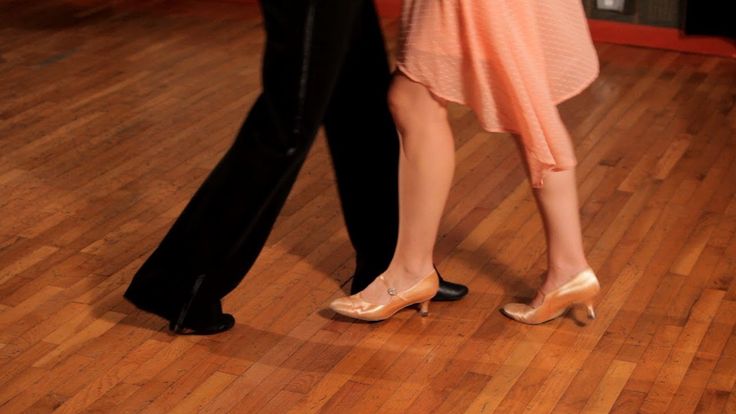
To Top
Website produced by newtechservices - ©2019 Copyright The Next Step Dance Studio • All Rights Reserved
(Admin Login)
Gliding step in dance
Name
Pas (fr.) - step
Glisser (fr.) - to glide.
Pas glissé (pas glissé) - a sliding step that begins with a preliminary rise to half-toes on both legs.
Glide is performed without lifting the toe of the working leg from the floor, while performing the movement, the toe must slide on the floor.
Music
Time signature 2/4.
Glide takes 1/2 beat.
Score: I-1-I-2 (I)
Preparatory exercises
- Shifting body weight from two legs to one.
- Bringing the leg to the toe - battement tendu - tandu battman in 1 and 3 positions in a cross one at a time (right foot and left foot).
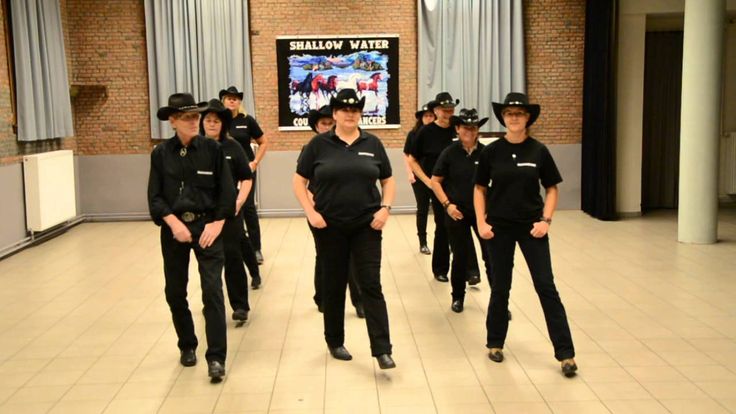
- Rise on half-toes (relevé - relevé) in 1 and 3 positions.
PA GLISS FORWARD
Starting position:
The dancers stand in a circle, facing along the line of dance.
Legs - in 3 positions (right leg in front).
Hands - on the belt or in the ball position.
| Account | Motion Description |
| Start (I) | Rise on the toes of both legs in 3 pos. Knees almost straight. |
| 1 | Right foot glider:Sliding motion of the right leg, without lifting the toe off the floor, bring forward to the toe in 4 pos. and take a step with the right foot forward from the toe to the entire foot. Shift your weight onto your right leg. Right knee softens slightly. The left leg remains behind on the toe (in 4 pos.). The knee of the left leg is straightened. |
| and | While straightening the knee of the right leg, with a sliding movement of the toe along the floor, pull the left leg to the right leg in 1 pos. and rise on the half-toes of both legs. and rise on the half-toes of both legs. Knees almost straight. |
| 2 | Left foot glider:Move the left foot forward on the toe in 4 pos. and take a step forward with your left foot from the toe to the entire foot. Shift your weight onto your left leg. The knee of the left leg softens slightly. The right leg remains behind on the toe (in 4 pos.). The knee of the right leg is straightened. |
| and | Straightening the knee of the left leg, with a sliding movement of the toe on the floor, pull the right leg to the left leg in 1 pos. and rise on the half-toes of both legs. Knees almost straight. |
Next - continue moving again with the right foot.
Glide REAR and Glide SIDE
The movements are performed in the same way.
Notes:
- Glide begins with a preliminary rise to half toes on both feet.
- When lifting on half-toes, be sure to bring the legs together (connect the feet in 1 or 3 positions, compress the knees and hips).
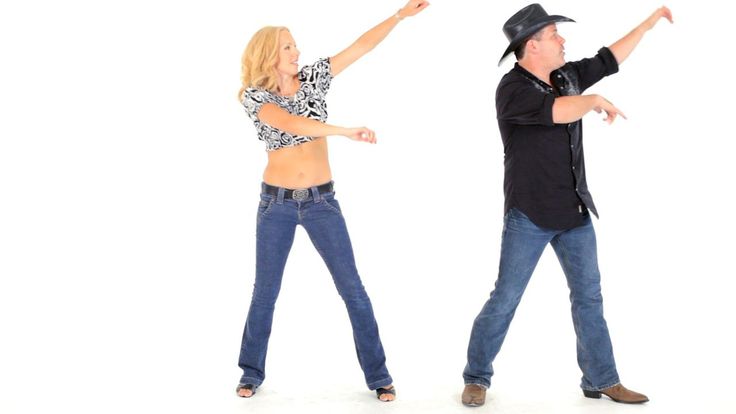
- All movements must be sliding (glide the toe along the floor without lifting it off the floor).
- Steps start at the toe. Feet - turn out.
- Glide slightly longer than normal pitch.
- Pas gliding can be performed all the time with one foot, or alternately, then with the right, then with the left foot.
- Before starting the step on the other leg, the free leg is brought forward through 1 position with the knee slightly bent. Then the knee should be straightened.
- Gliding can be done both forward and backward, keeping the same sequence of movements.
Literature
- " Ballroom dance of the 16th - 19th centuries ". Ivanovsky N.P. Under the editorship of Yu.I. Slonimsky. Moscow-Leningrad, ed. Art, 1948
- " Historical dance ". Tutorial. I. Voronina. M., "Art", 1980
- "Ballroom dancing". Sarikojumu dejas. Lasman Milda. Publishing house Latvias Valsts Izdevnieciba, Riga (Riga), 1954
- "Dance ".
 Textbook for theatrical universities (on stage dance). Vasilyeva E.D. M., Art, 1968
Textbook for theatrical universities (on stage dance). Vasilyeva E.D. M., Art, 1968 - Educational and methodological recommendations for the organization of work with the whole class in elementary school on rhythm, rhythmoplasty and ballroom dancing . Shutikov Yu.N. St. Petersburg, 2006
- " Rhythm at school, the third lesson of physical culture ". Teaching aid. J.E. Firileva, A.I. Ryabchikov, O.V. Zagryadskaya, Rostov-on-Don "Phoenix", 2014
Dance step
Name:
Pas (fr.) - step
Marcher (fr.) - to walk, walk, step; walk, move
Pas marché (on the march) - a light dance step.
The dance step is the basis of all classical ballroom dancing. This is a step when the foot is placed on the floor with an extended toe on the entire foot.
Music
The dance step can be played in different time signatures (2/4, 3/4, 4/4) and at different tempos.
Starting position
The dancers stand in a circle, facing along the line of dance.
Legs - in 1 or 3 pos. (right leg in front).
Hands in ball position.
Account: I-1-I-2
| Account | Movement description |
| Zatakt (I) | Push the right foot forward on the toe - battement tendu - buttman tandyu with the right foot forward. The supporting left leg softens slightly at the knee. |
| 1 | Take a small dance step forward with the right foot: - slightly raise the toe of the right foot above the floor - step from the toe on the ball of the right foot - go to the whole foot - put the heel of the right foot on the floor - stand on the right leg, transfer the weight of the body to it (the left leg remains behind on the toe, without weight) |
| and | Supporting right leg slightly softens at the knee. The left leg, also slightly softened at the knee, is carried out in a sliding motion through 1 pos. |
| 2 | Take a small dance step forward with the left foot: - slightly raise the toe of the left foot above the floor - step from the toe on the ball of the left foot - go to the whole foot - put the heel of the left foot on the floor - stand on the left leg, transfer the weight of the body to it (the right leg remains behind on the toe, without weight) |
Then repeat the movement again with the right leg.
Remarks
- Item name:
- Dance steps should be light, flowing and small.
- When the heel hits the floor, the knee of the skating leg softens slightly.
- The transfer of body weight from one leg to the other should be smooth, imperceptible.
- Monitor the eversion of the position of the feet and the tightness of the toes.
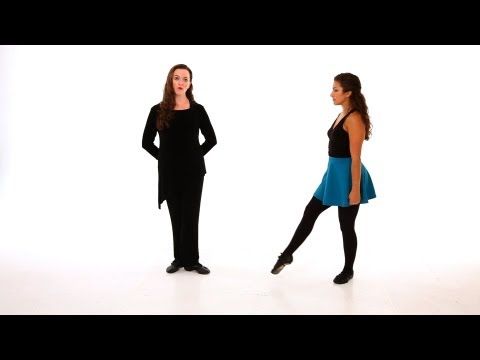
Pas (fr.) - step
Marcher (fr.) - walk, go, step; walk, move
Pas marché (Pa march) - dance walking, light dance step.
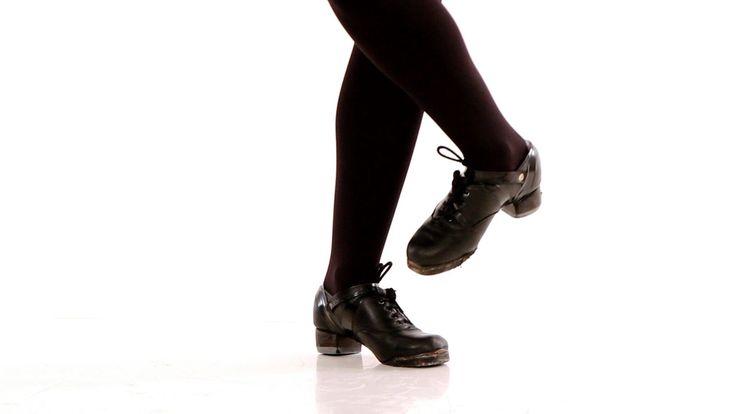 and is brought forward on the toe.
and is brought forward on the toe. 
